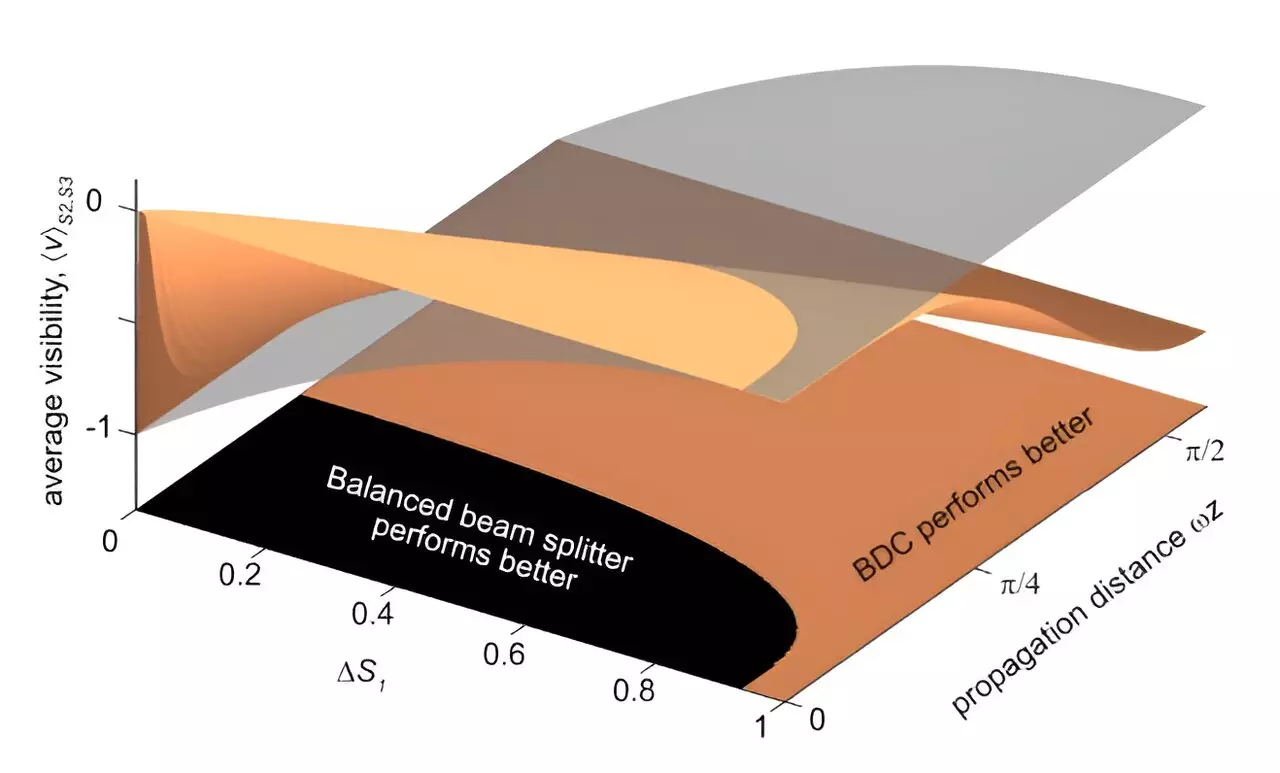The collaboration between Professor Szameit’s research group at the University of Rostock and researchers from the Albert-Ludwigs-Universität Freiburg has led to significant progress in the stabilization of photon interference in optical chips. This innovative research, which combines concepts from topology and quantum mechanics, has been published in the prestigious journal Science.
The Role of Topology in Optical Waveguide Circuits
Professor Alexander Szameit’s research group focuses on exploring the evolution of light in optical waveguide circuits through the lens of topology. Topology, an abstract mathematical concept initially developed to classify solid geometries based on their global properties, guides the behavior of light in these waveguide systems. Szameit emphasizes that in topological systems, light follows the overall characteristics of the waveguide structure and remains unaffected by local perturbations such as defects and disorder.
The groundbreaking discovery of photon interference, initially observed by physicists Hong, Ou, and Mandel in 1987, plays a crucial role in the realm of quantum mechanics. This phenomenon, where photons can form interference patterns and exhibit entanglement, has paved the way for advancements in optical quantum technologies, including quantum computers. The ability of photon pairs to interfere with each other is a fundamental aspect of quantum light particles.
Combining Topological Protection and Photon Interference
In a joint effort with researchers from the Albert-Ludwigs-Universität Freiburg, Szameit’s team has successfully combined topologically robust propagation of light with the interference of photon pairs. This milestone achievement offers new insights into the intersection of topology and quantum mechanics in optical systems. The researchers highlight the importance of topological protection in ensuring the proper operation of optical elements, especially in the face of increasing complexity in quantum technologies.
The peculiar behavior observed in the interaction of photon pairs within the waveguide structures is attributed to the quantum nature of light. Pairs of photons perceive the waveguide system as twisted, leading them to form connections and exhibit interference patterns. This unique topological difference in the behavior of photons highlights the symbiotic relationship between topology and quantum light. The researchers were astonished by the resilience of their waveguide system to deformations without impacting quantum interference.
Dr. Matthias Heinrich, the senior scientist in the research group, emphasizes the vast possibilities that waveguide systems offer for constructing topological systems for light. The fusion of topology and quantum light represents just the beginning of a new era in optical quantum technologies. The team’s discovery opens doors to innovative design tools that can revolutionize the field of quantum optics and pave the way for the development of advanced quantum devices.


Leave a Reply